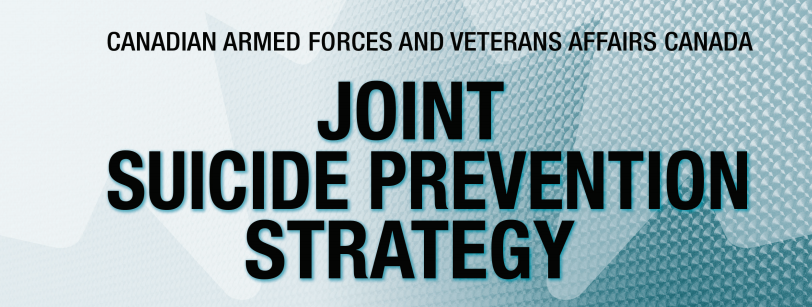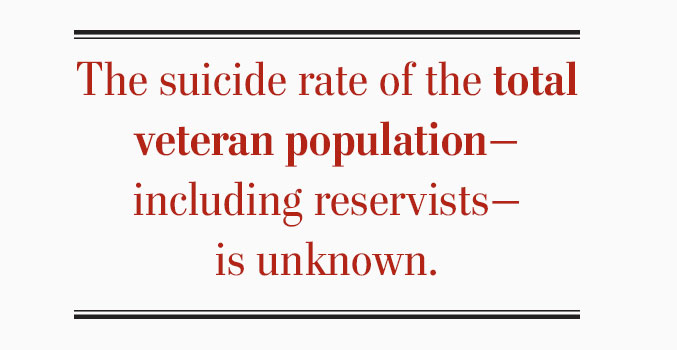
The Canadian Armed Forces and Veterans Affairs Canada announced their joint suicide-prevention strategy in October. It is “an approach we have not seen before,” said Minister of Veterans Affairs Seamus O’Regan. The strategy is an effort to co-ordinate some 160 programs and services in both departments that are targeted at reducing suicide among serving members and veterans.
“One suicide is too many; zero is the target,” said Chief of the Defence Staff General Jonathan Vance. “There can be no other number.”
The aim is to prevent suicide by building mental-health resilience, strengthening family and community support, providing mental-health care when and where it’s needed, and supporting research so we know we’re doing all we can, and the best we can.
Many of those programs and policies were already in place, but there are a few new initiatives too, including a new dual-department task force to ease the transition to civilian life—important because involuntary release, medical release and stressful transition are suicide risk factors.
Also new is that CAF data will be cross-linked with national vital statistics by Statistics Canada to determine suicide rates among all veterans, including the half million or more who are not under the watch of the CAF or VAC.

A 2011 Statistics Canada study did include data on 112,225 regular-force members who signed up in or after 1972 and released before the end of 2006. It reported that the suicide risk among male veterans was 46 per cent higher than male civilians of the same age. But the suicide rate of the total veteran population—including reservists—is unknown, since complete data has not been gathered on those who committed suicide after leaving the services and were no longer linked to the CAF or VAC.
Many of these veterans left the forces long before mental-health resiliency programs, before the anti-stigma campaign, before transition services, before family-support services were beefed up. Many live in remote or rural areas or small towns where access to mental-health services is limited—never mind professionals familiar with military culture. There has been no way to know what effect military service had on veterans in this cohort who decided to end their lives, or whether support from someone with knowledge of military culture could have provided an extra measure of protection for them and strength for their families. Without that evidence, how can there be effective evidence-based prevention and treatment strategies for these particular veterans?
Support is available for the half million or more veterans who are not currently VAC clients. All veterans, not just clients, can call VAC’s 24-hour helpline—800-268-7708 (or 800-567-5803 for the hearing impaired)—to be connected to a nearby mental-health professional. Any veteran can receive up to 20 free counselling sessions. And a $4-million Veterans Emergency Fund, announced in 2017 and to be implemented after April 1, 2018, will make short-term financial assistance available to veterans and their families quickly and efficiently in times of urgent or unexpected need, while other longer-term support arrangements are being made.
CAF and VAC officials are reluctant to set targets for the new joint suicide-prevention strategy, recognizing that it is difficult to know when a suicide has been prevented and whether these prevention measures played a role. But on this point, Vance is right: we must all aim for zero.
Advertisement












